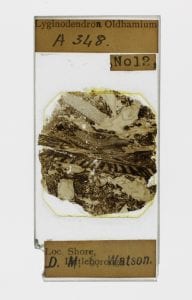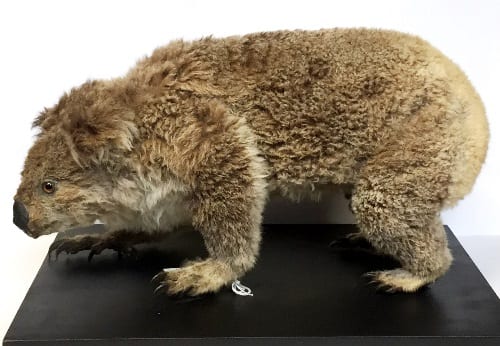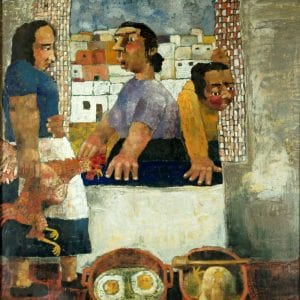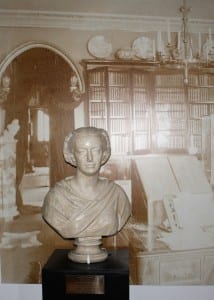Specimen of the Week 337: The Mussett Collection
By Nadine Gabriel, on 6 April 2018
To celebrate 100 years since some women were first given the right to vote in the UK, UCL are running a number of events and exhibitions. Here at the Grant Museum, our Specimen of the Week blogs have focused on women in natural history.
The Grant Museum is home to many sub-collections which were either donated by other museums and collections or by previous curators such as Ray Lankester, D. M. S. Watson and James Peter Hill [1]. This Specimen of the Week is about the Mussett Collection, which was collected and donated by Dr. Frances Mussett, a palaeontologist and researcher at UCL. (more…)
 Close
Close







